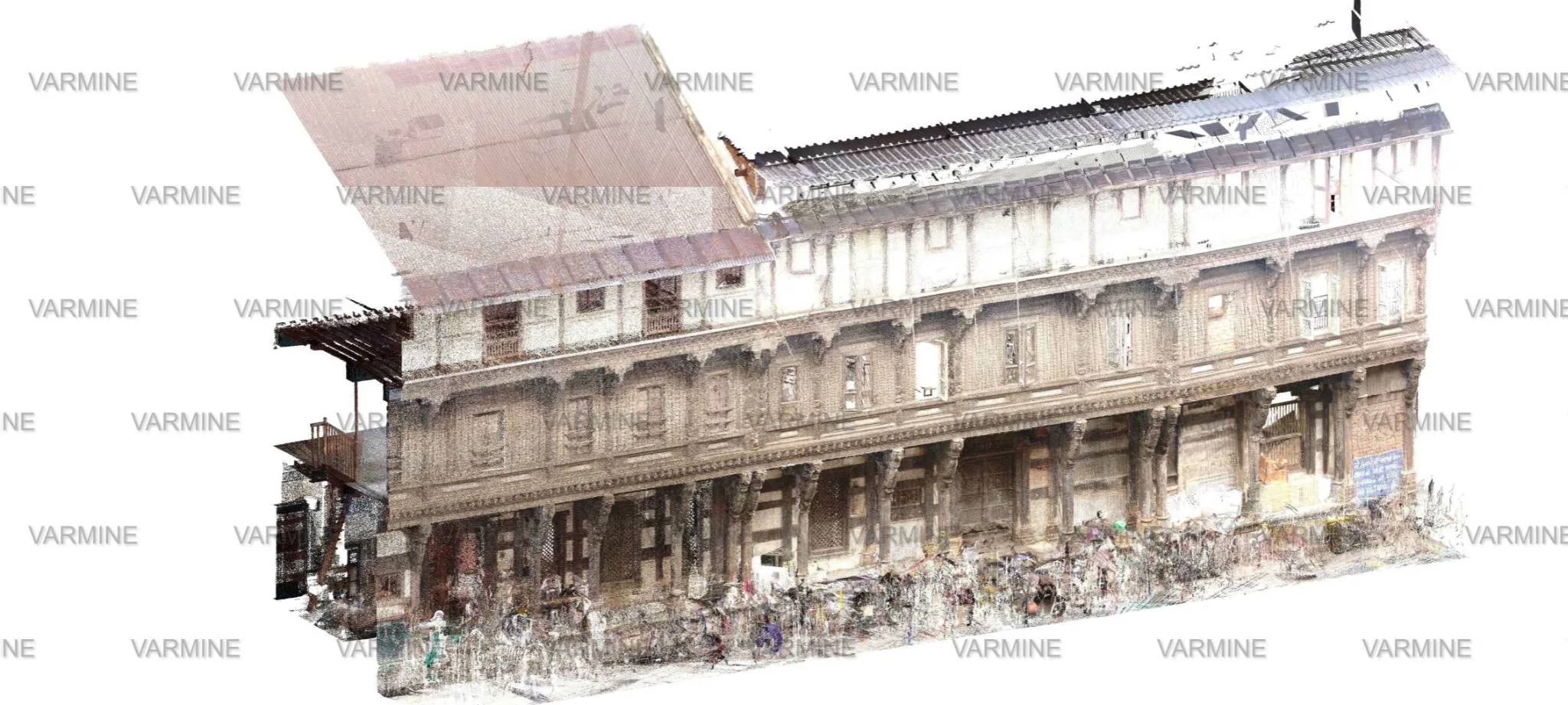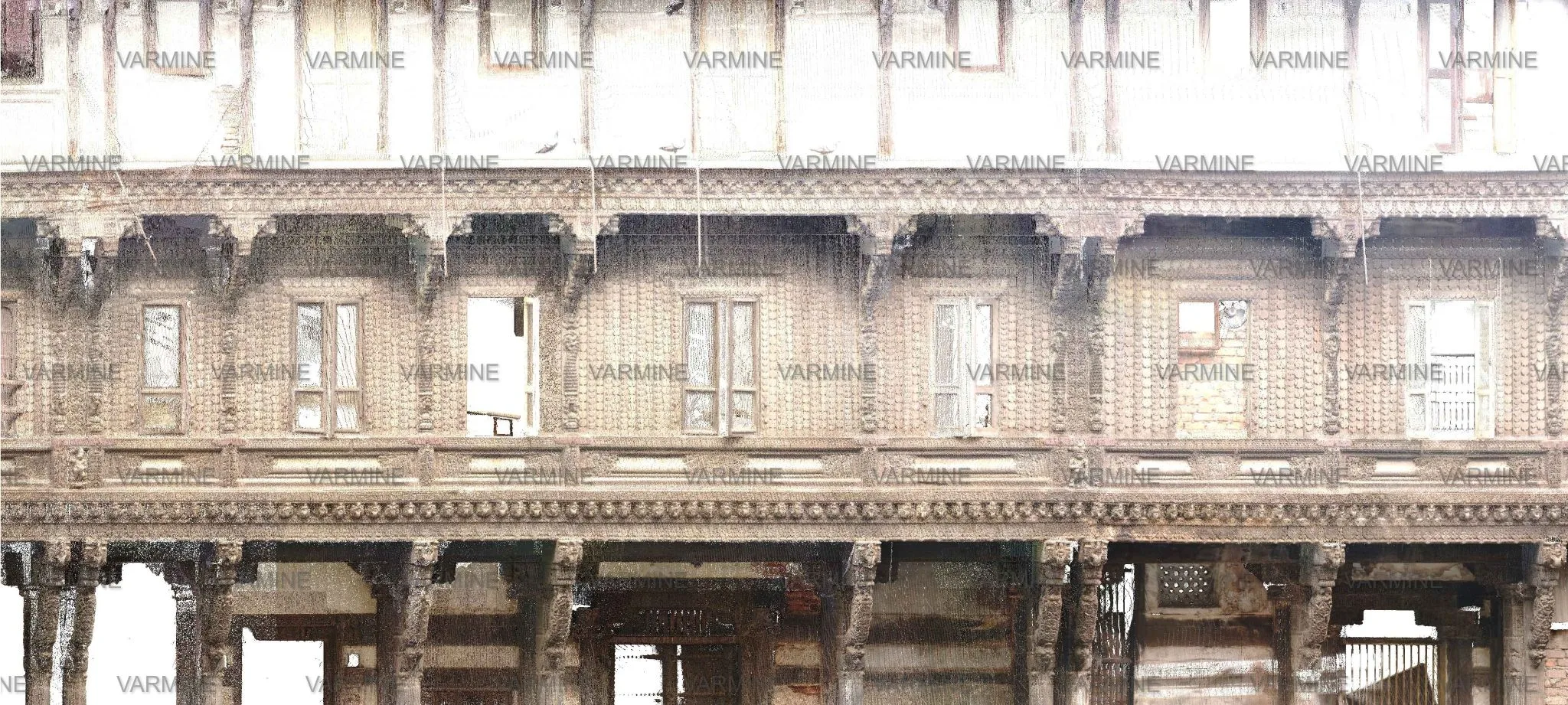
Preserving our cultural heritage is a responsibility that transcends generations. As time marches forward, so does the need to safeguard our rich history and architectural marvels. In this modern age, Building Information Modeling (BIM) technology has emerged as a powerful tool for not only constructing new structures but also for breathing new life into our heritage. This blog explores how BIM technology is playing a pivotal role in preserving our legacy by capturing, restoring, and revitalizing historical landmarks.
Capturing the Essence of History through BIM
In the past, restoring a heritage site often meant painstakingly recreating intricate details by hand. BIM technology, however, revolutionizes this process by allowing experts to create a detailed digital replica of a structure. This digital twin captures the essence of the original architecture, including every nook, cranny, and ornate detail.
3D BIM Modeling
Varminect is its ability to create precise 3D BIM modeling. By meticulously crafting these models, experts can accurately represent the structure, materials, and design principles of historical buildings. This ensures that no intricate aspect is lost in the restoration process.
Preserving Historical Accuracy
BIM not only captures the visual aspect of a heritage site but also records its historical context. This includes architectural trends, construction techniques, and even the stories embedded within the structure. With this comprehensive data, restoration efforts can maintain historical accuracy down to the smallest nuances.
The BIM Advantage in Heritage Preservation
Building Information Modeling (BIM) technology has emerged as a transformative force in the field of heritage preservation. This section delves into the unparalleled advantages that BIM brings to the table when it comes to safeguarding our rich cultural legacy.
Precise Documentation: Capturing Every Detail
Heritage structures often possess intricate details that hold historical and artistic significance. BIM technology allows preservationists to create highly accurate digital models that encompass every aspect of these structures. From the ornate carvings on a cathedral’s façade to the delicate moldings in a historic manor, BIM captures these details with remarkable precision. This level of documentation ensures that no element is overlooked during restoration projects.
Efficient Restoration: Planning and Execution
BIM’s capabilities extend beyond visualization; they are a cornerstone of efficient restoration. Architects and engineers can leverage BIM models to thoroughly analyze the condition of a heritage site. By identifying vulnerabilities and structural weaknesses, restoration strategies can be formulated with a deep understanding of the building’s needs. This minimizes the risk of unforeseen challenges during the restoration process and streamlines the execution of preservation efforts.
Virtual Time Travel: Understanding Evolution
One of the most remarkable features of BIM technology is its ability to simulate the passage of time. Preservationists can create digital models that showcase the evolution of a heritage structure over centuries. This virtual time travel isn’t just visually captivating; it’s an invaluable tool for historians and researchers. By exploring how a building has changed over time, experts can unravel its history, understand architectural influences, and gain insights into the cultural context of different eras.
Data-Driven Decision Making: Informed Choices
BIM technology isn’t just about visual representation; it’s about data integration. A BIM model comprises layers of information – from material specifications to structural analyses. Preservationists can leverage this wealth of data to make informed decisions. Whether it’s choosing the most suitable restoration materials or assessing the potential impact of interventions, data-driven choices enhance the effectiveness and longevity of preservation efforts.
Risk Reduction: Minimizing Uncertainties
Restoration projects, especially those involving historic structures, come with inherent risks. BIM helps mitigate these risks by providing a virtual testing ground. Preservationists can simulate various scenarios and interventions within the digital model to anticipate potential outcomes. This proactive approach minimizes uncertainties and ensures that restoration efforts are well-informed and tailored to the unique characteristics of each heritage site.

Restoring Heritage: Breathing Life into the Past
Preserving a heritage site isn’t solely about maintaining its appearance—it’s about ensuring its functionality and longevity for generations to come. BIM technology aids in this endeavor by enabling meticulous restoration that considers both the visual and functional aspects of the structure.
Virtual Restoration
BIM’s virtual environment allows experts to simulate restoration scenarios before executing them. This enables them to experiment with different approaches, ensuring that the chosen restoration path aligns with the site’s historical significance while also addressing structural concerns.
Sustainable Materials and Techniques
Modern restoration often integrates sustainable materials and construction techniques. BIM empowers restoration teams to test these innovations virtually, ensuring that they blend seamlessly with the heritage site’s existing components. This synthesis of tradition and modernity maintains the site’s original charm while enhancing its resilience.
Revitalization: Modernizing Heritage for Contemporary Use
While preservation is vital, adapting heritage sites for contemporary use is equally important. BIM technology facilitates this by aiding in the transformation of historical structures into functional spaces that align with modern requirements.
Adaptive Reuse Planning
BIM enables architects to explore adaptive reuse scenarios. Whether it’s converting an old church into a library or a factory into a museum, BIM’s predictive capabilities allow architects to visualize and plan the repurposing process accurately.
Integrating Modern Amenities
Revitalization often involves integrating modern amenities without compromising historical integrity. BIM assists in this task by allowing architects to seamlessly incorporate elements like HVAC systems, electrical wiring, and accessibility features into the structure while maintaining its original character.
Beyond Restoration: Educating and Inspiring Future Generations:
Preserving heritage sites goes beyond bricks and mortar—it’s about preserving stories, cultures, and traditions. BIM technology plays an essential role in this endeavor by enabling the creation of immersive educational experiences that connect people with their past.
Virtual Tours and Exhibits
BIM-powered virtual tours and exhibits provide a window into history for individuals who may never have the opportunity to visit a heritage site physically. These digital experiences offer interactive insights into the site’s history, architecture, and significance, fostering a deeper understanding and appreciation.
Educational Outreach
BIM models can be used as educational tools in schools and universities, allowing students to explore historical architecture in a hands-on, digital format. This promotes an interest in preservation and architecture while highlighting the importance of safeguarding our cultural heritage.
Conclusion
In a world constantly evolves, the preservation of our cultural heritage is an ongoing challenge. BIM technology emerges as a hero, bridging the gap between history and innovation. Through its ability to capture, restore, revitalize, and educate, BIM is not only preserving our legacy but also empowering future generations to continue this noble endeavor of bringing heritage to life.
Previous Blog: Benefits of Visualizing Planning with 4D Simulation
